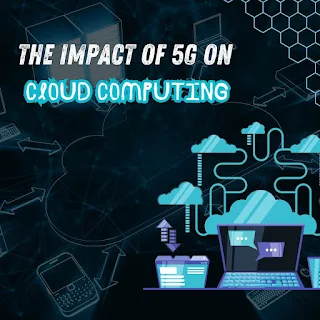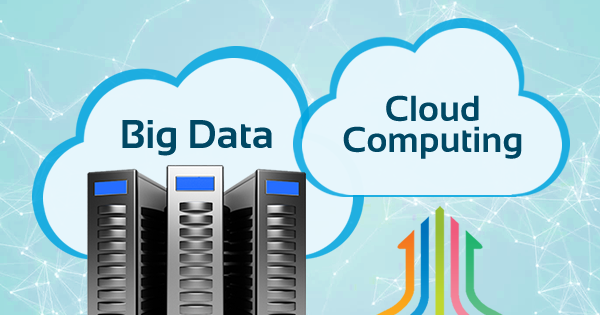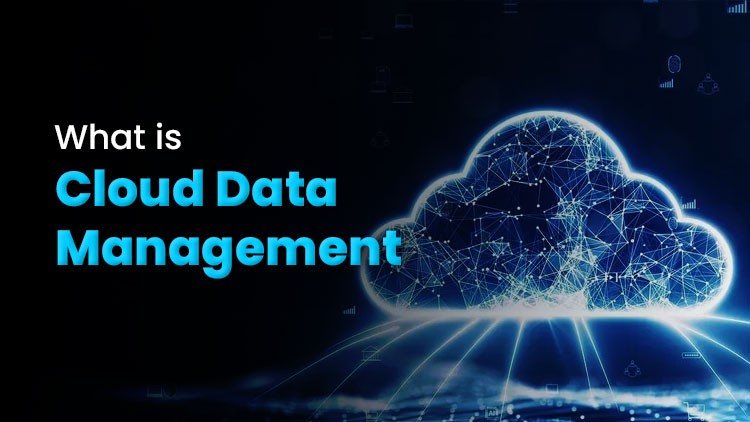1. Cost-effectiveness
- No up-front capital cost: no equipment, no software, and maintenance
- Pay-as-you-go model: you pay just for your used resources with the result of a good cost control
- Less overhead cost on IT: minimize having on-premises infrastructures as well as IT personnel on staff
2. Scalability and adaptability
- Scale up or scale down resources (for instance, increase storage, computation power), depending on how the needs of the business go.
- On-demand resources can meet urgent demand peaks, without long-term investment.
- Global Reach: Use resources in various locations without establishing a physical presence.
3. Better Collaboration
- Access Anywhere: Employees can access files and tools from anywhere with an internet connection.
- Cloud-Based Collaboration Tools: Google Workspace and Microsoft 365 make teamwork easier.
- Centralized Data Storage: No version conflicts as there is only one source of truth.
4. Better Security
- Data Backup and Recovery: Automatic backups minimize the risk of data loss due to system failure or cyberattacks.
- Advanced Security Measures: Providers provide encryption, firewalls, and regular security updates.
- Compliance: Most cloud providers follow industry standards and compliance frameworks such as GDPR and HIPAA.
5. Access to Advanced Technology
- AI and Machine Learning: Leverage cloud-based tools for analytics, customer insights, and automation without having to build in-house expertise.
- IoT Integration: Connect and manage IoT devices through the cloud for advanced functionalities.
- Big Data Analytics: Process and analyze large datasets affordably using cloud services.
6. Business Continuity
- Disaster Recovery: Recover operations instantly following hardware failures, power outages, or natural disasters.
- Remote Work Enablement: Cloud services provide an easy way to have employees work from home or elsewhere.
7. Deployment at Lightning Speed
- Easy Setup: Deploy applications and services in minutes instead of weeks or months.
- Automated updates: Cloud platforms enable automated updates without the risk of downtime or human interference.
8. Competitive Advantage
- Access to Enterprise Grade Tools: Leverage advanced technologies used by big corporations.
- Focus on Core Activities: Reduce the time spent on managing IT infrastructure and focus on growing your business.
- Innovation: Experiment with new solutions without significant financial risk.
9. Eco-Friendly Operations
- Energy Efficiency: Reduce energy consumption by eliminating on-premises data centers.
- Shared Resources: Use only what’s needed, minimizing waste.
Common Cloud Services for SMBs
- Infrastructure as a Service (IaaS): Amazon Web Services (AWS), Microsoft Azure.
- Platform as a Service (PaaS): Google App Engine, Heroku.
- Software as a Service (SaaS): Salesforce, Dropbox, QuickBooks Online.
Problems and Issues
- Data Security: Select reputable service providers to ensure the privacy of sensitive data.
- Internet Dependent: Requires high dependency on internet.
- Lock into a Vendor: One would need to know about becoming dependent on one single supplier for services.
Popular Cloud Providers for Small and Medium Business
- Amazon Web Services: Offers full-fledged options for IaaS and PaaS.
- Microsoft Azure: Offers smooth integration with a Windows environment.
- Google Cloud Platform: Specializes in AI and machine learning-end.
- Dropbox and Google Drive: cheap storage.







